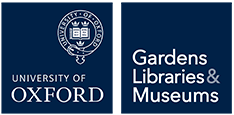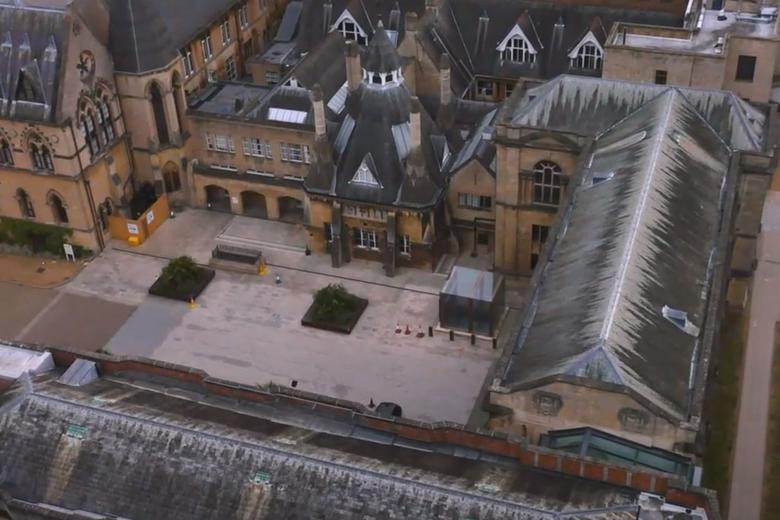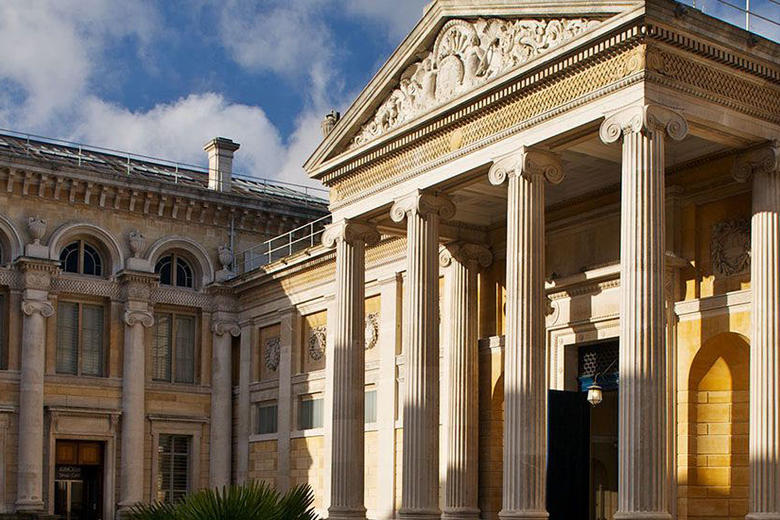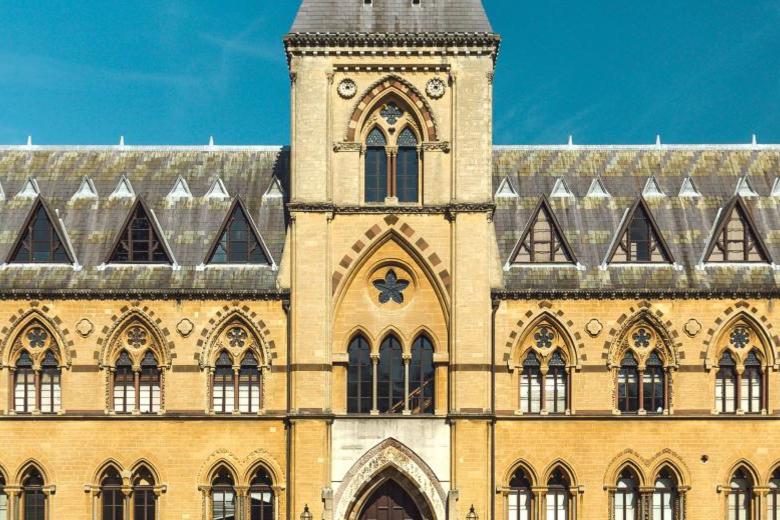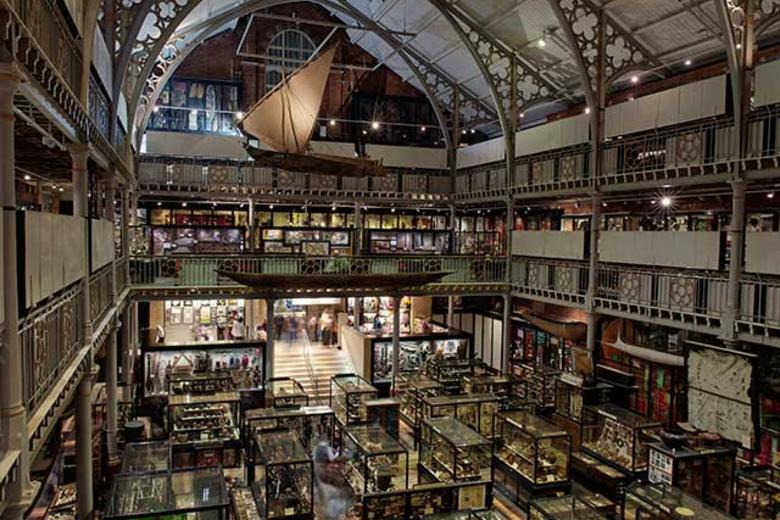Collections Teaching and Research Centre (CTRC)
Safeguarding the Future and Inspiring Innovation with a world-class Collections Teaching and Research Centre
The 8.5 million objects that sit within the Ashmolean Museum, the History of Science Museum, the Museum of Natural History and the Pitt Rivers Museum contain some of the most inspiring, varied and important collections of archaeology, science, art, and natural history in the world. Integral to the University’s mission, the collections are a repository of information and inspiration for students, local and global visitors, and present and future scientists, artists, makers, and researchers.
The new Collections Teaching and Research Centre (CTRC) will bring together substantial areas of these internationally important collections within the new Reuben College building located in the heart of the University, in the same building as the Radcliffe Science Library (RSL), and adjacent to the Museum of Natural History and Pitt Rivers Museum.
The location of the CTRC in the lower levels of Reuben College opens exciting potential for students and researchers to access the specialist expertise of curators and conservators, and brings potential new opportunities for curriculum enhancements, resources for student research projects, and developing practical skills that will help students both in their studies and in their future careers. The shared home with the Radcliffe Science Library brings together one of the Bodleian Libraries with the University’s museums, enhancing potential for collaboration among the University’s libraries and museums for object-led research, teaching and public engagement.
The CTRC is a unique space that will store and ensure the long-term care of the museum collections and provide exceptional facilities for teaching and research. It will also offer previously unavailable access to objects, creating a sector-leading base for research into innovative object-based teaching, inclusive collaboration and public engagement.
The CTRC is currently under construction and planned to open in 2026.
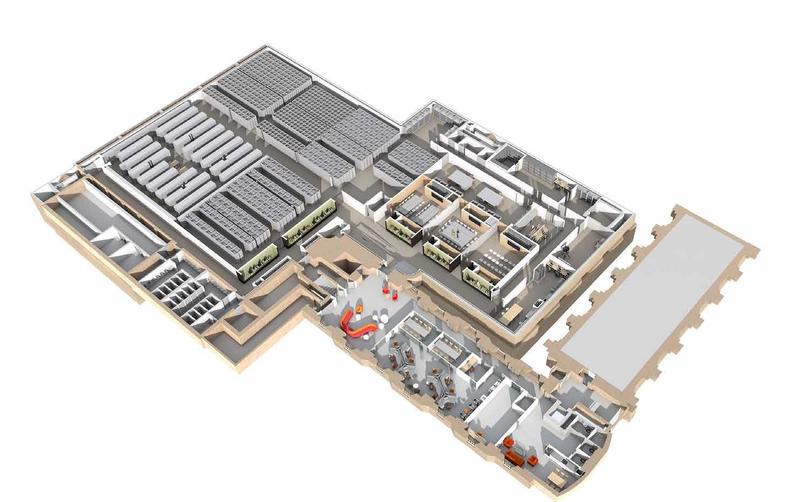
World-class Collections Storage and Facilities
Covering two basement levels the CTRC will contain a large storage space split across two floors, flexible research and teaching rooms, a conservation studio, digitisation studio, processing room and walk-in freezer. The CTRC will provide high-quality museum storage with modern, environmentally-controlled systems in which to preserve objects. Bespoke storage solutions for each unique collection will ensure optimal conditions for object care and access.
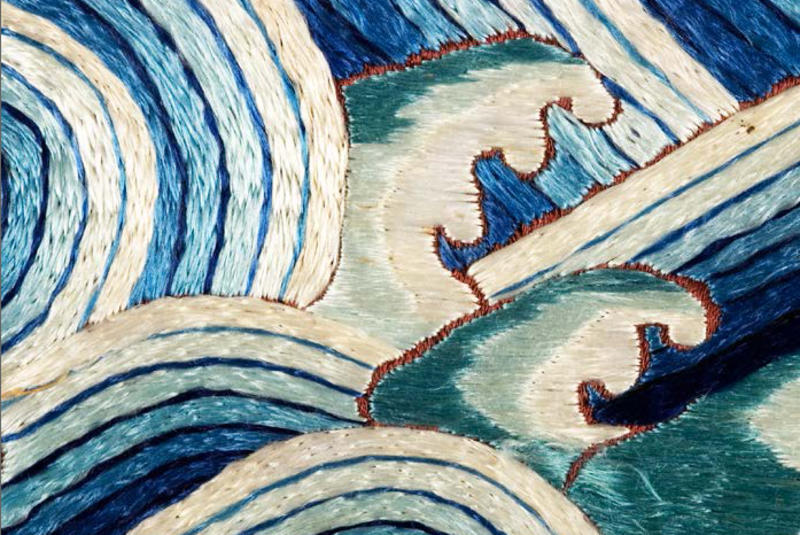
State-of-the-art Textiles Storage
Housing more than 8,000 textiles from the Pitt Rivers Museum and 4,500 from the Ashmolean Museum, the new Collections Teaching & Research Centre will contain one of the world’s most important textile collections, with early Māori Cloaks, arctic intestine garments, Pharaonic linen weaving from c.2800 BC, over 1,000 early Islamic embroideries, and seventeenth-century English embroideries. New accessible storage in the Centre will allow for stabilising, researching, conserving and examining these incredible collections.

New Teaching Opportunities
The Centre will support object-based teaching with the University’s collections, transforming teaching opportunities across University departments and facilitating transformative learning experiences for students, academics, specialist groups and the general public. Object-based teaching offers more inclusive learning methods and enhances critical thinking, allowing users to ask new questions by learning through objects.
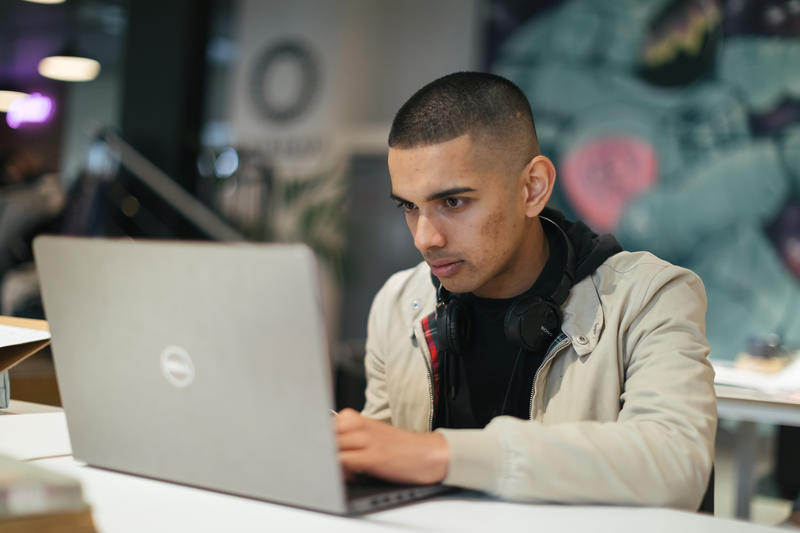
Research Opportunities
The Centre will be an incredible resource for research and discovery. Offering unprecedented access to a vast variety of collections all in one space, the CTRC will attract researchers across a variety of disciplines from within Oxford University and around the world, making it both a physical and virtual hub for interdisciplinary research.

Global Access: Photography and Digitisation
The new Centre will contain dedicated space where photography and digitisation of objects can take place, which has the potential to enhance and further the digitisation work of the museums. We know that audiences from across the world access our collections online; improved access, records, and photography will create new opportunities for learning and collaboration.

Conservation Studio and Collections Care
A modern conservation studio, with the most advanced equipment and technologies, will provide a space for the vital work of museum conservators to undertake remedial conservation on the collections. The Conservation Studio will allow the University museums to share knowledge, best practice, collaborate, and host interns or visiting conservators.
Oxford University students and staff will be able to use the space for learning and teaching. Researchers from Oxford and around the world will be able to access and study the collections. The museums’ Education and Outreach teams will be able to use the CTRC in their work with families, young people, vulnerable communities and schools. Local communities and indigenous peoples will be able to access collections of interest. And of course museums staff will have immediate access to the collections for study, learning, display and interpretation.
The CTRC will be an incredible resource housing collections from the Pitt Rivers and History of Science museums, as well as the complete library and archives from the History of Science Museum, textile, sculpture and mixed media collections from the Ashmolean Museum, and the Museum of Natural History’s mammal skeleton and British Insect collections.
Visitors to the CTRC will be able to discover ceramics, firearms, weaponry, and religious and ceremonial objects and amulets from over 80,000 objects in the Pitt Rivers Collections. They’ll find large copper butterflies and the blue stag beetle from the 1.1 million specimens in the Museum of Natural History’s globally significant insect collections. Over 12,000 textiles will be held in the CTRC including Māori Cloaks, arctic intestine garments, Pharaonic linens from c.2800 BC, or early Islamic embroideries. And with the majority of the History of Science Museum’s collections on site, researchers can find the world’s finest collection of early scientific instruments from modern Europe and the Islamic World. The collection covers areas as diverse as astronomy and time-keeping, physics, chemistry, microscopes, mathematics, medicine and telecommunications, along with over 20,000 printed books, pamphlets, photographs and periodicals including the museum’s oldest book, an astronomical calendar called the Kalendarium of Regiomontanus.
The collections are the cornerstones of the museums. They are currently stored across multiple off-site locations, consisting of nineteenth-century buildings which were not designed with modern research and teaching in mind. The CTRC will enable the museums to bring particularly significant collections back to the centre of Oxford. The new on-site facilities at the CTRC will provide improved access to collections and modern, environmentally-controlled systems and facilities in which to preserve objects. These will allow new object-based teaching, research and partnership opportunities across the University and beyond.
The CTRC will provide numerous benefits:
- A significant legacy for the future of the heritage sector and beyond, through critical conservation and care of University collections, enabling learning, inspiration and new discoveries
- Improved knowledge of, and access to, a unique combination of internationally important collections, enabling their full potential to be available for the first time both on site and worldwide through digital records
- New collaborations, storytelling and dialogue with communities traditionally underrepresented within museums and future generations of scientists, ecologists, and designers
- Equipping early career researchers with the practice of teaching diverse, innovative object-led courses, leading to excellent academic experiences and wider inclusivity
- Increased research opportunities for experts, students, researchers and special interest groups in matters of global importance.
Send an email
Supporters
The Clothworkers' Company
Swire Charitable Trust
We could not accomplish our goals without the support and involvement of our supporters.
For further information, please contact:
Christina Evans, Development lead,
Ashmolean Museum
E: christina.evans@dae.ox.ac.uk
